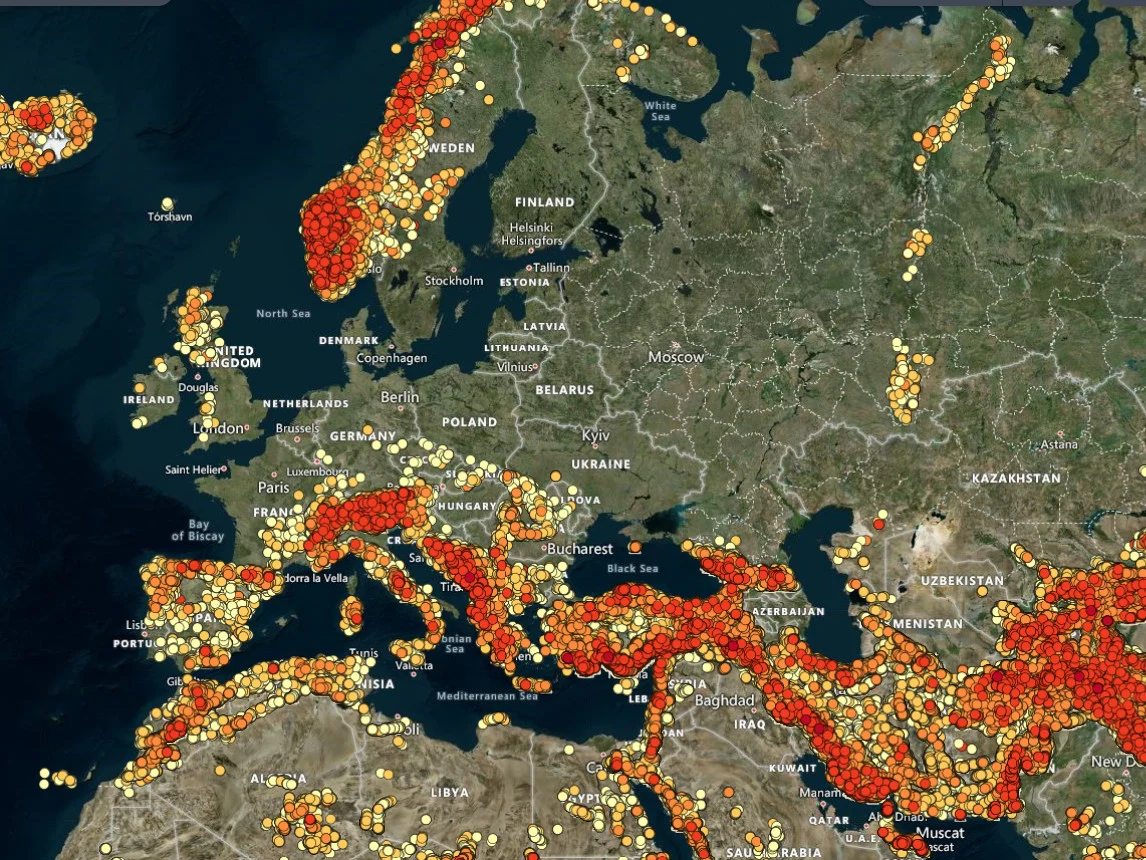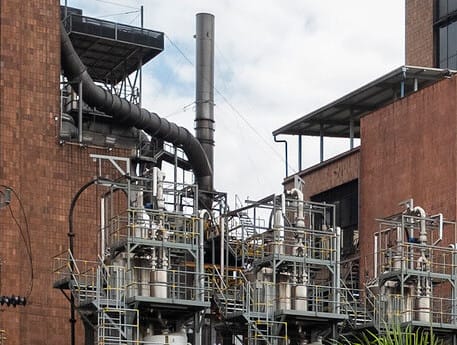Key Takeaways
1. Wind energy has grown significantly but faces challenges from increasing occurrences of wind droughts, which hinder electricity generation.
2. Wind droughts are expected to become more frequent and prolonged globally, particularly affecting countries that rely heavily on wind energy, like the UK, Germany, and Denmark.
3. Atmospheric changes, including decreased mid-latitude cyclone frequencies and Arctic warming, are influencing wind patterns and contributing to wind droughts.
4. Dunkelflaute events, when both wind and solar energy production are low, have led to significant price spikes in energy markets, highlighting vulnerabilities in renewable energy supply.
5. To address supply risks, it is essential to enhance grid resilience, diversify energy sources, and ensure adequate dispatchable capacity and storage solutions.
The decrease in prices and the necessity to fulfill worldwide obligations towards net zero have fueled the development of renewable energy sources, including solar PV, wind farms, geothermal, and even hydroelectric power. Each type of technology comes with its own unique challenges, and wind energy is no exception: wind droughts pose a risk to both the dependability and pricing of generated electricity.
Wind Energy Growth
Wind energy has experienced an increase in installed capacity, providing a more stable supply than options like solar power. Nevertheless, in recent years, wind droughts have emerged as a new concern that must be addressed.
Understanding Wind Droughts
Similar to traditional droughts, a wind drought is an extended duration with low wind speeds that hinder electricity generation. This is particularly difficult for nations that heavily depend on wind energy, like the UK, Germany, and Denmark, but this pattern appears to be a global issue.
A recent research article, published in July 2025 in Nature Climate Change, suggests that wind droughts are on the rise after examining hourly data. The findings indicate that, both globally and regionally, wind droughts will become more frequent and prolonged across various scenarios. The length of these events is expected to increase by up to 20% under low warming conditions and 40% by the year 2100 in northern mid-latitude countries. This poses a risk to energy security in these densely populated regions, as stated in the report.
Atmospheric Changes
“The trends are mainly driven by falling mid-latitude cyclone frequencies and warming in the Arctic,” the report concludes. These atmospheric changes impact specific areas more than others, but their consequences can be observed worldwide.
The International Energy Agency (IEA) has raised concerns about “Dunkelflaute” events, periods when both wind and solar energy production are significantly low, affecting supply and energy prices. During such times, thick cloud cover diminishes solar radiation in certain regions while also coinciding with low wind speeds, leading to moments when these renewable technologies fail to generate electricity.
In 2024, “Several brief Dunkelflaute events, when wind and solar PV generation combined dropped to very low levels, caused drastic price spikes during several hours in the winter of 2024/2025 in Northern Europe,” the IEA’s Electricity 2025 report states.
Addressing Supply Risks
Despite the challenges these events pose to supply, the main threat lies in pricing rather than reliability, according to the Agency, as they necessitate the operation of dispatchable plants fueled by gas or coal.
The Agency emphasizes that systems must prepare for an increase in such events. This necessitates enhancing the resilience of the grid, utilizing stabilization technologies, and diversifying energy sources, among other strategies.
“Ensuring adequate dispatchable capacity and storage, in addition to flexibility options like demand-side response and interconnections, will be crucial for improving electricity security,” the IEA advises.
Source:
Link







